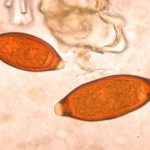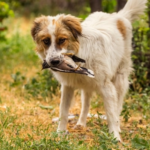What is Coccidia?
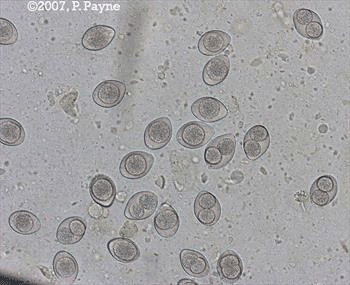
Coccidia is a single-celled organism that infects the intestine. They are microscopic parasites detectable on fecal tests, but coccidia are not worms and are not susceptible to deworming medications. They are also not visible to the naked eye. Coccidia infection causes a watery diarrhea that is sometimes bloody and can be a life-threatening problem to an especially young or small pet. There are many different species of coccidia but for dogs and cats, the most common infections are with coccidia of the genus Isospora. Dogs and cats each have their own coccidia species and cannot infect each other, nor can they infect people.
Where do Coccidia Come from?
Coccidia infection comes from consuming infected fecal particles in which oocysts (pronounced o’o-sists) are. Oocysts are parasites waiting to mature, become infectious and be consumed by the main host (a dog or cat). The main mechanism of infection is fecal-oral (feces to mouth) transmission.
Alternatively, an intermediate host (such as a mouse, fly, cockroach or other insect) can become infected by eating an oocyst only to be in turn consumed by the true host (a dog or cat). This would represent another way for a dog or cat to become infected.
What Happens after the Host Consumes the Oocyst?
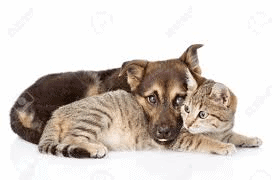
The oocyst goes through a complicated life-cycle but the ultimately, the definitive host (cat or dog) becomes infected with small organisms that move to the cells of the intestine where they divide and reproduce rapidly and fill the intestinal cells until they burst. When enough intestinal cells are destroyed, in three to 11 days, bloody and/or watery diarrhea and disease result.
When the infected cat or dog defecates, new oocysts are released into the environment, where it can infect a new host and the life cycle begins again.
How are Coccidia Detected?
A routine fecal test is a good idea for any new puppy or kitten whether there are signs of diarrhea or not. Many young animals with immature immune systems are commonly parasitized. This sort of test is also a good idea for any patient with diarrhea and is recommended at least once a year for healthy dogs and cats as a screening test.
Remember, small numbers of coccidia can be hard to detect, so just because a fecal sample tests negative, this doesn’t mean the pet isn’t infected. Sometimes several fecal tests are performed, especially in a young pet with a refractory diarrhea (one that won’t go away); parasites may not be evident until later in the course of the condition. That’s why in animals with symptoms, despite a negative fecal float, many veterinarians will still go ahead and try treating.
How is Coccidia Treated?
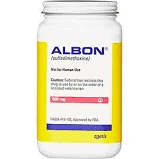
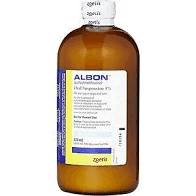
There are two common treatments used for Isospora infections in pets: a sulfa drug (the traditional treatment) brand name Albon, and coccidiocidal medications (newer treatment). Albon is probably the most common medicine used against coccidia in cats and dogs. Medication should be given for at least five days total but can sometimes require courses as long as a month. This medicine inhibits the reproduction of the parasite.
There are newer medications that actually kill the coccidia outright: ponazuril and toltrazuril, both actually being farm animal products that can be compounded into concentrations more appropriate for dogs and cats. These medications are able to curtail a coccidial infection in only a few doses and have been used in thousands of shelter puppies and kittens with no adverse effects. Their use is becoming more popular.
Can People or other Pets Become Infected?
While certain species of coccidia can infect people (Toxoplasmaand Cryptosporidium), the Isospora species of dogs and cats cannot. Other pets may become infected from exposure to infected fecal matter but it is important to note that this is usually an infection of the young (i.e. the immature immune system tends to let the coccidia infection reach large numbers whereas the mature immune system probably will not.) In most cases, the infected new puppy or kitten does not infect the resident adult animal.

